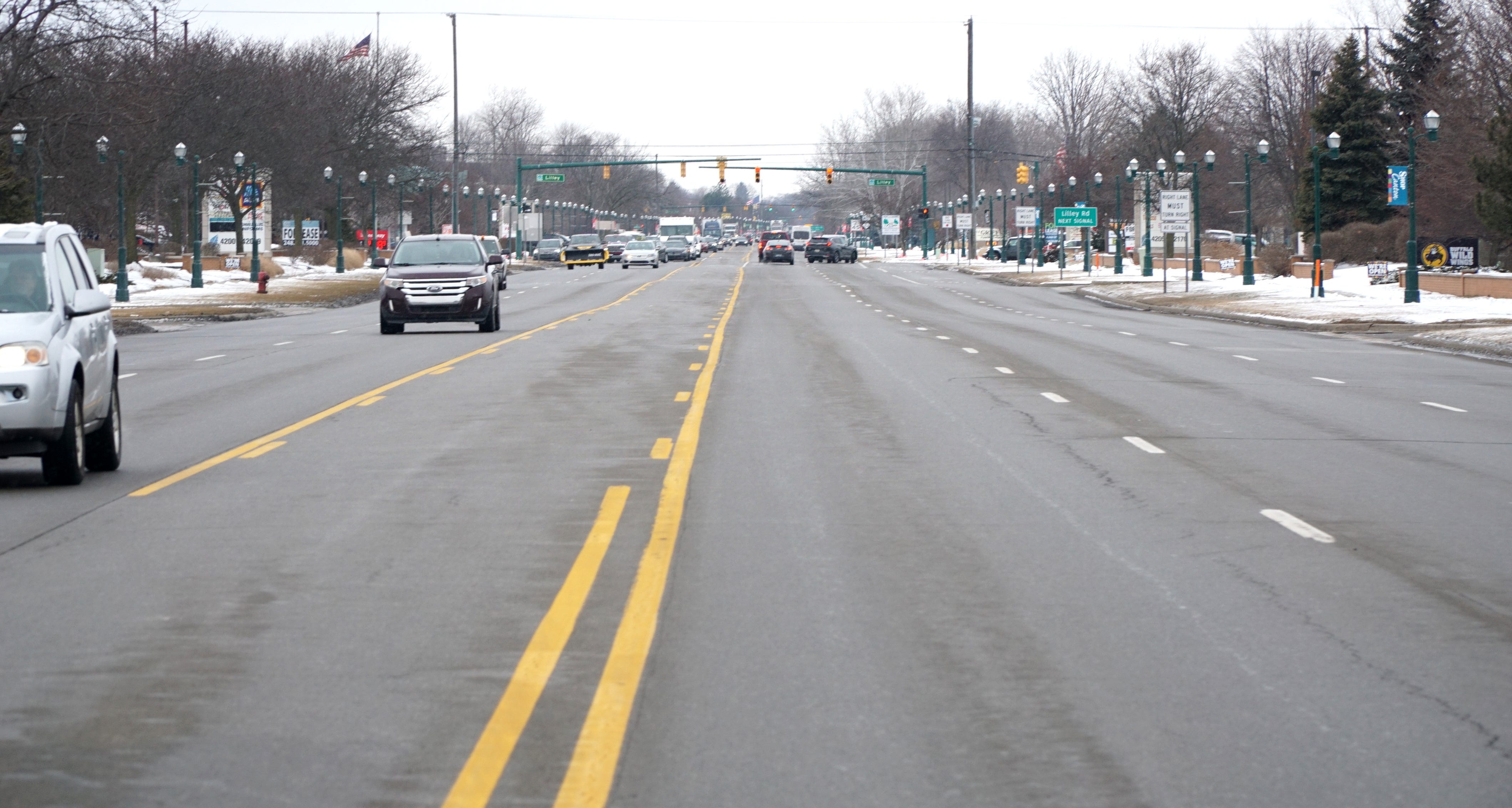

Maryland Traffic Volume Map (27.8 MB) is available as a PDF file.
Mdot traffic volumes full#
View map in full screen or on mobile device Average Daily Traffic (ADT) count data is a snapshot of the actual day, week and month the. To find a Traffic Volume Map please click on the county in the map below. The factors used are provided to the MPO and developed by the MDOT. Traffic Volume Map Introduction (PDF, 101KB) andĪTR and Toll Locations (PDF, 49KB) for more information about the Traffic Volume Maps.

Traffic Volume Maps are updated and published annually in March. Welcome to Florida Department of Transportations Florida Traffic Online Web Application.This shows data from the year 2021. The toll station data is provided by Maryland Transportation Authority. The ATR and toll count data is collected on a continuous basis. Counters are placed for 48 hours on a Monday or Tuesday and are picked up that Thursday or Friday, respectively. Growth factors are applied to counts which were not taken during the current year and the counts are factored based on the past yearly growth of an associated ATR.

Program Count data is collected (both directions) at regular locations on either a three (3) year or six (6) year cycle depending on type of roadway. Traffic volume data is collected from more than 8,700 Program Count Stations and 91 Automatic Traffic Recorders (ATRs) located throughout Maryland. This is an average day of the year for all traffic-counting stations in the state. Looking for something else See other maps nearby. Map service displaying commercial and vehicular traffic volumes for 2021. Traffic counts are reported as the number of vehicles expected to pass a given location. Michigan Department of Transportation Summary. Traffic count information assists in identifying new economic development areas, assists in selecting appropriate roadways designs during construction projects, can inform planners where new or expanded facilities are needed on existing roadways, alerts planners of growth trends, etc.The Traffic Volume Maps show the Annual Average Daily Traffic (AADT) numbers displayed at various locations on Maryland's roadways. Although open and available to the general public, the most common users of the database include local city and county planners, engineers and developers. The traffic count data collected is uploaded into a searchable database. The AADTs for traffic count sites are rounded using the following convention: Volume Occasionally, at the request of local jurisdictions and other special circumstances, speed counts are taken, providing various reports on vehicular speed, time of day, etc. Vehicle classification counts have also been taken, wherein the traffic volume is reported in various formats by the type of vehicle (cars, buses, various sized trucks, etc.). The data is then downloaded and processed using specially designed software. Factors developed and provided by MDOT (axle factors, monthly factors and annual increase factors) are then applied to the raw count data to derive the Annualized Average Daily Traffic (AADT) count for each location. In addition to the regularly schedule traffic counts, numerous other special counts will be taken to support specific transportation planning projects, or at the request of local governments for various reasons.Īll traffic counts conducted by GRPC meet MDOT and Federal Highway Administration criteria for data collection activities. They are taken using automated tube counters for a period of not less than 48 hours. In addition, we collect data on approximately 50 of the higher volume roadways and streets in anticipated growth areas annually, while another 170 sites are scheduled to be counted every other year. This allows us to keep our finger on the pulse of growth and change in our community. All of the MDOT count sites are scheduled in accordance with MDOT’s triennial schedule. 85% of which, are at MDOT designated count locations. We collect travel data at sites along major roadways and other routes in support of the regional planning process, as well as to fill a jurisdiction’s particular need. In 1998, GRPC entered into an agreement with MDOT, whereby GRPC began collecting all of MDOT’s scheduled volume counts within the three county region.įollowing a detailed schedule, the program staff “Road Warriors” collect traffic data at approximately 1,300 sites. GRPC’s Transportation Planning Division has been conducting its traffic volume data collection (traffic counts) program in Hancock, Harrison and Jackson counties for over thirty years.


 0 kommentar(er)
0 kommentar(er)
